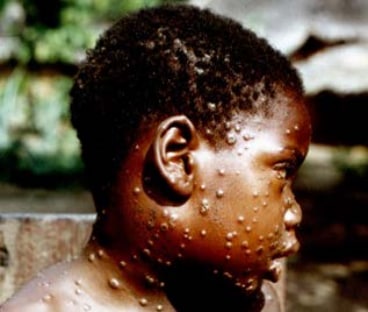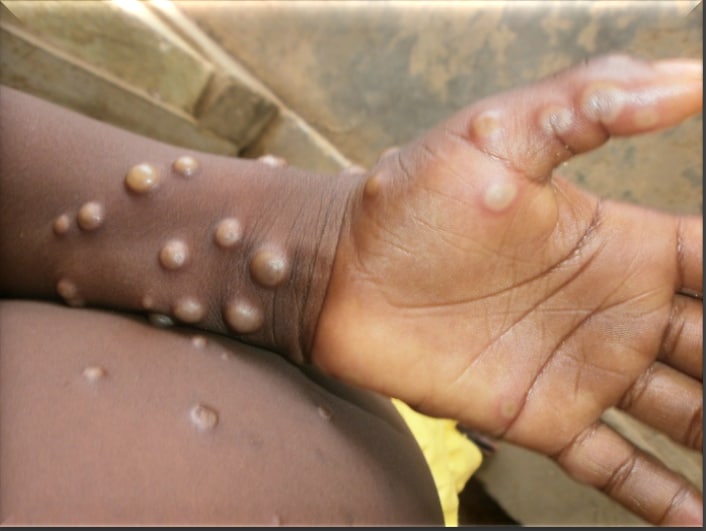INTERNATIONAL: Human Monkeypox was first identified in humans in 1970 in the Democratic Republic of the Congo in a 9-year-old boy in a region where smallpox had been eliminated in 1968. Also 1970, 11 African countries had also human cases of Monkeypox that been reported. The world is now preparing to give out the Monkeypox vaccine.
WHO and partners are working to better understand the extent and cause of an outbreak of Monkeypox. The virus is endemic in some animal populations in a number of countries, leading to occasional outbreaks among local people and travelers. The recent outbreaks reported across 11 countries so far are atypical, as they are occurring in non-endemic countries.
Human Monkeypox was first identified in humans in 1970 in the Democratic Republic of the Congo in a 9-year-old boy in a region where smallpox had been eliminated in 1968. Also 1970, 11 African countries had also human cases of Monkeypox that been reported.
A new outbreak has been found on 13 May 2022. Cases of monkeypox have been reported to WHO from 12 Member States that are not endemic for monkeypox virus. Investigations are ongoing; however, reported cases thus far have no established travel links to endemic areas. Based on currently available information, cases have mainly but not exclusively been identified amongst men who have sex with men (MSM) seeking care in primary care and sexual health clinics.
Monkeypox virus is an Orthopoxvirus that causes a disease with symptoms similar, but less severe, to smallpox. While smallpox was eradicated in 1980.
Monkeypox is a zoonosis: a disease that is transmitted from animals to humans. Cases are often found close to tropical rainforests where there are animals that carry the virus. Evidence of Monkeypox virus infection has been found in animals including squirrels, Gambian poached rats, dormice, different species of monkeys and others.
Animal-to-human (zoonotic) transmission can occur from direct contact with the blood, bodily fluids, or cutaneous or mucosal lesions of infected animals.
Human-to-human transmission is limited, with the longest documented chain of transmission being 6 generations, meaning that the last person to be infected in this chain was 6 links away from the original sick person. It can be transmitted through contact with bodily fluids, lesions on the skin or on internal mucosal surfaces, such as in the mouth or throat, respiratory droplets, sexual intercourse and contaminated objects.
The incubation period of Monkeypox can range from 5 to 21 days. The febrile stage of illness usually lasts 1 to 3 days with symptoms including fever, intense headache, swelling of the lymph nodes, back pain, muscle ache, and an intense lack of energy. The febrile stage is followed by the skin eruption stage, lasting for 2 to 4 weeks. Lesions evolve from macules (lesions with a flat base) to papules (raised firm painful lesions) to vesicles (filled with clear fluid) to pustules (filled with pus), followed by scabs or crusts.
It is important to distinguish MonkeyPox from other illnesses such as chickenpox, measles, bacterial skin infections, scabies, syphilis and medication-associated allergies.
The proportion of patients who die has varied between 0 and 11% in documented cases and has been higher among young children.
It is unusual" for the world to see this many cases of Monkeypox outside of Africa, after more than 100 cases were confirmed or suspected around the world.
























